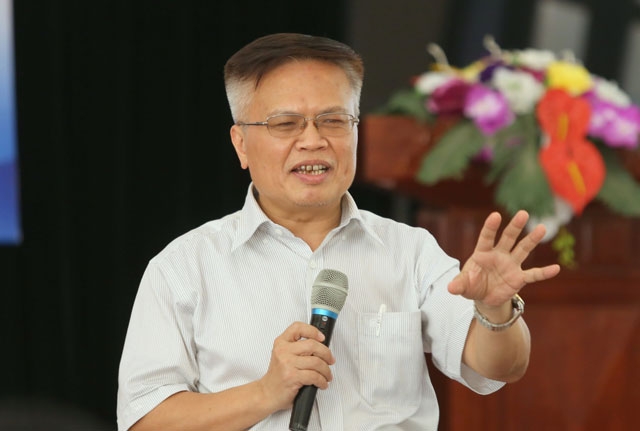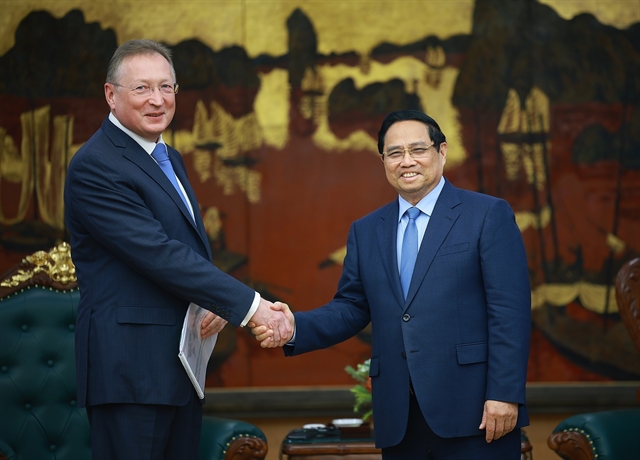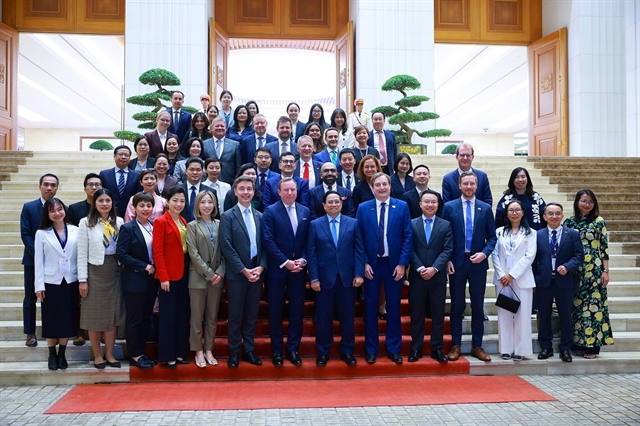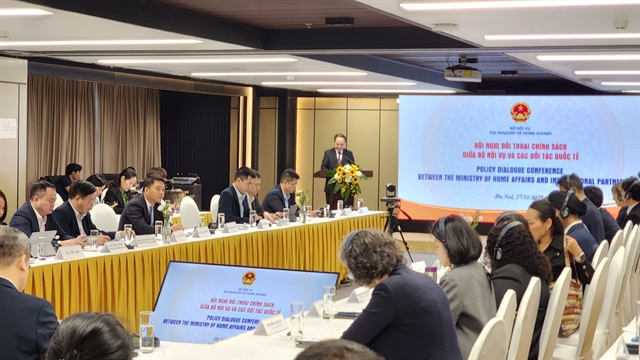 Opinion
Opinion

Dr Nguyễn Đình Cung, a member of the Economic Advisory Group to Prime Minister Nguyễn Xuân Phúc, talks to Năng Lượng mới (New Energy) newspaper about Việt Nam’s big change in policy thinking and economic management

|
| Nguyễn Đình Cung, a member of the Economic Advisory Group to Prime Minister Nguyễn Xuân Phúc. — Photo petrotimes.vn |
Dr Nguyễn Đình Cung, a member of the Economic Advisory Group to Prime Minister Nguyễn Xuân Phúc, talks to Năng Lượng mới (New Energy) newspaper about Việt Nam’s big change in policy thinking and economic management
What is your view of Việt Nam’s socio-economic development in the last decade?
In 2011, Việt Nam launched a 10-year socio-economic development strategy. Let’s look back how the country prepared for development in that period. In 2007, Việt Nam became a full member of the World Trade Organisation. Việt Nam’s socio-economic development at that time was quite positive - an important factor for the National Assembly to set a high economic growth rate for the country from 7.5-8 per cent.
However, in reality, things did not happen that way. From the start of 2008, Việt Nam was struck with an inflation rate of about 18 per cent while in the stock market, share prices were all red. As a consequence, Việt Nam's economy at that time was deemed to have entered a stage of “hot” growth.
Coupled with that, a global financial crisis occurred with the first spark in New York. The weak national economy was hit by the global economic crisis and at the onset of 2011, the Vietnamese Government had to re-adjust its socio-economic targets. In February 2011, the Government issued Resolution 11 on curbing the inflation rate while adjusting the national economic growth target to a reasonable rate. The most important target for Việt Nam at that time was to curb inflation while stabilising the macro-economy and restructuring the national economy.
So from 2011 to 2015, Việt Nam’s top priorities were to keep the inflation rate at base while stabilising the macro economy. As a result, Việt Nam was able to reduce the inflation rate from 18 per cent to 12 per cent, then to 8 per cent and now to 3-4 per cent.
Stabilising the macro economy was given top priority at that time, yet enterprises were facing many difficulties and challenges. How do you respond to that?
The Vietnamese Government learned quite a good lesson in its socio-economic policy in the 2011-15 period. At that time, the national macro economy was stabilised, though the economy was sliding seriously. Hardest hit was the private economy. Firms had to pay high interest rates for their loans while their business performance was not as high as they had expected. As a result, many Vietnamese enterprises had to declare bankruptcy or close factories.
So that was a good lesson for Vietnamese authorities in running the national economy?
Since 2016, Việt Nam’s economic policies have been changed significantly, basing on lessons learned in 2007-10 and 2011-15. In its policies, the Government still gives priority to controlling inflation while stabilising the macro economy on the basis of reforming the business environment and improving competitiveness to achieve high national growth.
From 2016 up to now, Việt Nam has constantly recorded high growth rates. For example, Việt Nam achieved economic growth between 6.1 per cent to 7 per cent from 2011 to 2015.
What are the major achievements Việt Nam has gained from 2016 up to now?
Việt Nam has been able to maintain a low inflation rate at between 3-5 per cent while the State budget’s deficit has been maintained at about 3.5 per cent. Việt Nam’s foreign reserve have hit a record high of US$73 billion.
From 2016 to 2019, Việt Nam’s growth rate has heavily depended on the exploration of oil, gas and coal as in the past. Investment from the private economy has become a driving force for the national economy. It has increased year on year between 15-18 per cent – even higher than that of the foreign investment sector. — VNS




